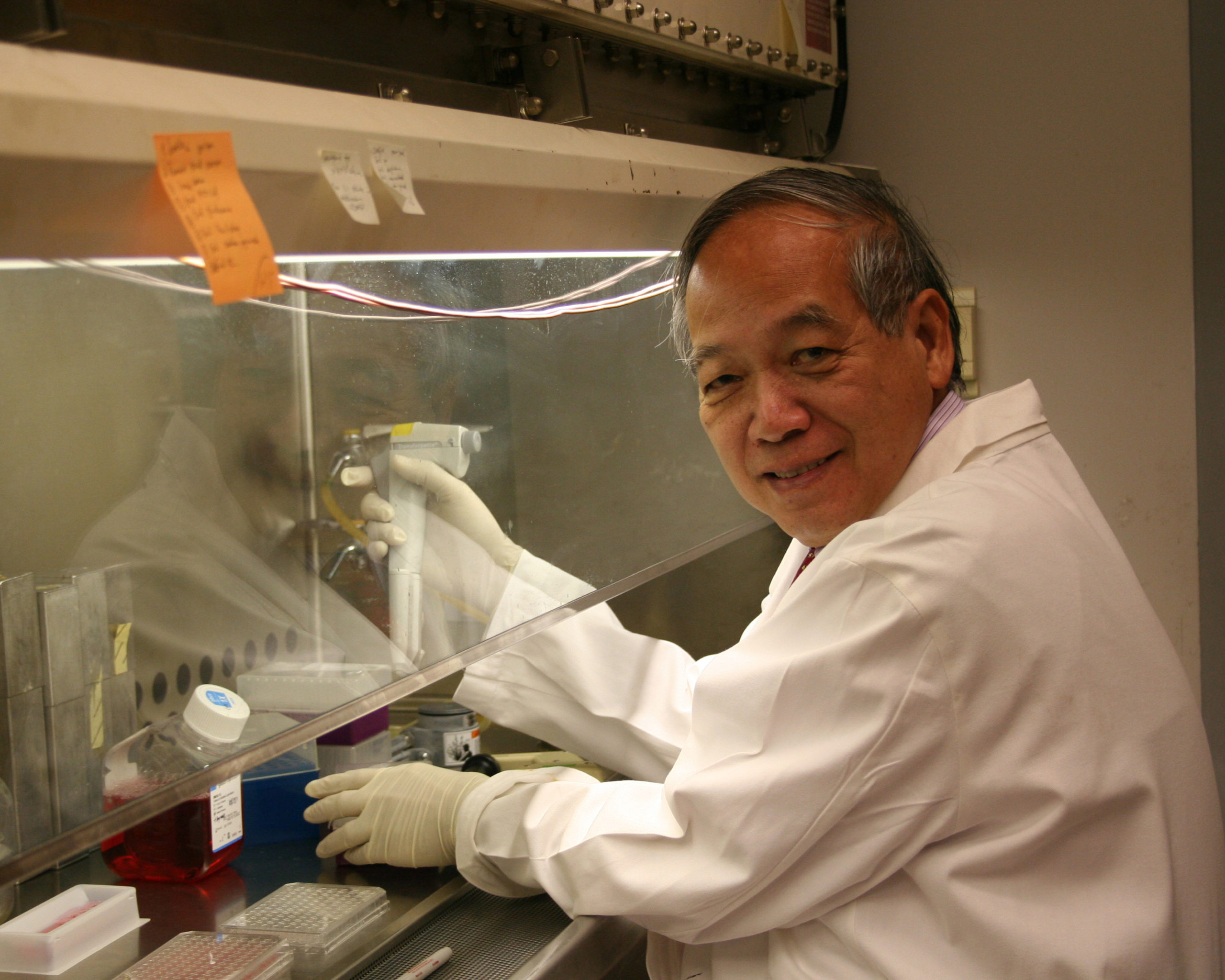IL-2 and IL-33 as therapeutic agents for lupus nephritis
Lupus proliferative glomerulonephritis (LPGN) is a major clinical manifestation of SLE. Despite significant progress in the treatment of PLGN, substantial number of patients progress to end stage renal failure. There is a need to develop novel therapy for LPGN. Reduced IL-2 in patients and lupus mouse models has been documented to contribute to Treg deficiency. Our previous studies show IL-2 promotes TH2 response, which is protective against inflammation in Treg-deficient mice. We found that Tregs express IL1RL1 (ST2; the IL-33 receptor) and that IL-33 promotes Treg homeostasis synergistically with IL-2. We hypothesized that a combination therapy with IL-2 and IL-33 will boost homeostasis of Tregs to inhibit pro-inflammatory responses and be effective in treating lupus GN. Since Tregs express high-affinity IL-2 receptor, we generated a novel immunomodulatory cytokine (IL233), which has linked IL-2 and IL-33 activities for better targeting of Tregs. We have used the adeno-IFNa accelerated lupus GN and spontaneous GN mouse models of NZM2328 to determine that IL233 is effective in preventing and treating lupus GN. Our preliminary data showed that IL233 prevents the development of lupus GN in the adeno-IFNa accelerated lupus model. It also reversed the development of severe proteinuria resulting in prolonged survival. IL233 is also effective in preventing the progression of GN with mild proteinuria to chronic GN with severe proteinuria and early death in untreated NZM2328 mice. Data have also been obtained showing that IL233 was effective in inducing a marked increase in Treg cells. This increase was perpetuated in mice treated with long-term IL233 administration. It was shown that there was no increase in circulating IgG1 in the mice treated with long-term IL233. This latter observation alleviates the fear that IL233 may induce a marked TH2 shift with asthma and atopy and other allergic reactions since long-term administration has been shown to induce a TH2 shift as documented by the marked increase in IgG1. This increase in Treg accounts for its effectiveness in treating murine lupus GN and that this novel hybrid cytokine may be useful in translational medicine. These preliminary data support our thesis that IL233 is effective in promoting Treg and can be used as a new therapeutic tool for lupus GN. Two specific aims are proposed: Specific Aim 1: To confirm our preliminary data that IL-2 and IL-33 in combination and more effectively as IL233 hybrid cytokine protects against autoimmune GN and to reverse established lupus GN and Specific Aim 2: To determine the mechanism of action by the hybrid cytokine IL233. Emphasis will be placed on its effectiveness in restoring immune-homeostasis in mouse models of lupus GN. The results will provide us better understanding of the IL-2/IL-33 axis in SLE. Data will support the development of IL233 as a therapeutic agent and provide a novel method to expand Treg in vitro for therapy. Thus the proposal has significant translational implications.




